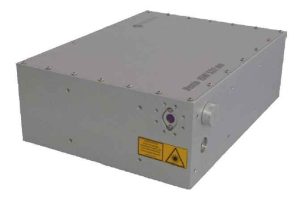Learn More About Pulsed DPSS Lasers
Our Pulsed DPSS Laser Products
Our pulsed DPSS lasers are available in multiple wavelengths. For example: UV, Violet, Blue, Green, Yellow, Red, NIR, SWIR, and MWIR regimes. Firstly, we have options for active or passive Q-switching in the nanosecond (ns) and picosecond (ps) pulse width range. Secondly, pulse energy from 25nJ to 200mJ, and repetition rates ranging from single-shot to 80MHz are available. Finally, OEM DPSS laser packages and module options are available. Diode-pumped solid-state (DPSS) lasers are a category of optically pumped lasers. These lasers utilize a diode laser as the excitation source to pump a laser crystal (e.g., Nd:YAG or Nd:YLF crystal). DPSS lasers take advantage of the relatively narrow spectral linewidth of diode lasers in conjunction with their high brightness in order to maximize absorption and therefore increase efficiency.
Pulsed DPSS Laser Applications
Our Pulsed DPSS Laser products are used in Life Science, Medical, Military & Defense, and Industrial markets. For example: fluorescence lifetime, optognetics, multi-photon microscopy, 3D scanning, bathymetry, LiDAR, night vision, laser designation, range finding, micromachining, surface treatment, thin film removal, particle measurement, photoluminescence, LIBS, Raman spectroscopy, Maldi TOF spectroscopy, and many more applications!
Deeper Dive into Pulsed DPSS Lasers
Custom, Integrated System Platforms for Customer-Specific Applications
Bright Solutions has developed several standard series of DPSS laser systems with features such as 2nd and 3rd harmonics, fiber or free space outputs, and air or water cooling, including their Wedge, SOL, and ONDA platforms. In addition to their standard laser systems, Bright Solutions engineering group has developed a wide range of custom nanosecond and sub-nanosecond DPSS lasers for various applications requested by our customers from the aerospace, industrial and medical communities.
Custom products typically include:
- High Power/Energy ns and sub-ns MOPA Lasers, UV, Visible and IR
- Optical Parametric Converters
- Amplified Single-Frequency sub-ns lasers
- Amplified Picosecond Lasers
- DPSS Femtosecond Laser at 1um
Read the full article here.
Flexible 210-4500nm ns Laser Family for High Pulse Energy Applications
One of QLI’s crucial innovations is its TEC-based water-free laser crystal cooling technology, combined with laser diode end-pumping. The absence of water results in a compact, user-friendly turnkey laser system that requires minimal maintenance compared to traditional water-cooled lasers that require large chillers and bulky power supplies. This enhancement eliminates the risks associated with water cooling, reduces the overall operating cost, and provides for an even more compact and efficient cooling design. The laser diode end-pumping technique provides enhanced cooling ability along the the length of the gain medium.
Read the full article here.
Expert Solutions for Your PCB Processing Applications
DPSS vs. Fiber Lasers
Fiber lasers are compact, rugged, reliable, & reasonably priced. So, why choose DPSS over fiber? DPSS lasers provide the same benefits fiber lasers offer, plus a host of additional benefits, allowing the versatility, precision, and quality you need for a vast range of applications. The DPSS lasers from Bright Solutions boast a rugged, fixed laser cavity design, resulting in a compact and reliable laser. Shorter pulse widths inherent to DPSS lasers result in higher peak powers with less heat affected zone (HAZ). With integrated doubling and tripling harmonic crystals, DPSS lasers enable easy access to more wavelength options (e.g. 532nm) and therefore, more application capabilities. Finally, Bright Solutions continuously improve their products and offer extensive customization to further benefit your application.
Read the full article here.
Why is a Low Jitter Feature Important in Actively Q-Switched DPSS Lasers?
In actively Q-switched lasers, the user controls the pulsed laser output, so that no laser pulse emission occurs without providing a proper input signal, aka “the trigger”. Due to the trigger signal propagation through the interface electronics, the Q-switch driver chain, and the laser resonator build-up time, a time delay (Td) is present between the externally-supplied trigger signal and the actual laser pulse (nanosecond or picosecond) emitted by the laser source. The Td can show fluctuations if any electronics or optics involved in the pulse generation process have a functional variance in time.
The parameter Td is very relevant in the timing management of some applications. You must consider both the time delay (Td) and a time jitter (Tj), which is a statistical variation of the time delay depending mostly on:
- electrical noise in the trigger-chain
- pulse-to-pulse fluctuation of trigger-chain electrical parameters
- laser pulse build-up time-mechanism and associated fluctuations.
- fluctuation of rising (-falling) edge temporal profile of the trigger signal
Read the full article here.
The WEDGE Laser is a Perfect Replacement for the Discontinued Coherent – Helios 1064nm Picosecond Laser
With the discontinuation of the Coherent Helios laser, some people find themselves having to source a replacement laser before production is stalled. RPMC is here to help alleviate your frustration when trying to source a suitable replacement laser. We are constantly monitoring fluctuations in the laser industry as we strive to keep more products in stock, provide an easy to use access point to the widest selection of laser configurations, and ensure you have the tools you rely on. In this case, we have noticed some heartburn due to the discontinuation of the Coherent Helios laser.
Read the full article here.
What is a Thin Disk Laser, and What Advantages do They Offer?
A thin disk laser is a type of diode-pumped solid-state (DPSS) laser technology in which the gain medium is comprised of a thin disk of typically Yb:YAG crystal. The thickness of one of these disks (typically 150µm to 200µm thick) is substantially smaller than the beam diameter. This feature allows not only the ability to easily scale up power via pump beam diameter, but also provides a large surface area for heat dissipation. One entire surface of the thin disk is mounted to an actively-cooled heatsink, which efficiently draws heat out axially or longitudinally, rather than transversely. The back surface, mounted to the heatsink, is coated to reflect both the pump and laser radiation. The beam from the pump laser is collimated, directed toward a parabolic mirror, and then reflected back toward and through the thin disk. The pump beam is then reflected off the back, coated surface of the disk, back to the parabolic mirror. This process repeats, allowing the beam to pass through many times until lasing occurs.
Read the full article here.
neoMOS Laser Systems: Flexible and Versatile Solutions for ANY Application
The neoMOS laser systems are based on a MOPA (Master Oscillator Power Amplifier) architecture that combines our amplifier modules with different oscillators, also called seed lasers. This technology enables us to address a variety of different laser parameters and pulse durations from the same laser platform. Different seed laser technologies are available for the pulse duration range of a few nanoseconds down to about 100 fs. Depending on the required pulse duration, active (AQS) and passive q-switched (PQS) oscillators, modulated laser diodes (LD), or pulse-picked mode-locked oscillators (ML) are available on the market. The graphic shows an overview of the typical operation regimes for these lasers1.
Read the full white paper here.
Laser Sources for LIDAR Applications
RPMC Lasers offers a wide range of DPSS lasers from Bright Solutions, which are available at 1.5-micron,1064 nm, and 532 nm, which are specifically designed for harsh aerospace environments. One such laser system is the Vento from Bright Solutions. This laser, which is only 55 cm x 40cm x 20 cm, is perfect for deployment in smaller manned aircraft such as a single-engine propeller plane, while still meeting or exceeding all of the optical requirements. The Vento is a 532 nm diode-pumped solid-state (DPSS) laser with a built-in amplifier allowing it to produce over 1.5 mJ of pulse energy with a pulse width as low as 350 ps. This laser system is capable of producing up to 50 W of average power at a variable pulse repetition rate. As a result, these lasers are currently deployed in a wide range of commercial bathymetry systems. The Vento is also available at 1064 nm, making it the ideal laser series for both wavelengths used in a multi-beam transceiver.
Read the full white paper here.
How Can We Help?
With over 25 years experience providing pulsed DPSS lasers to researchers and OEM integrators working in various markets and applications, and 1000s of units fielded, we have the experience to ensure you get the right product for the application. Working with RPMC ensures you are getting trusted advice from our knowledgeable and technical staff on a wide range of laser products. RPMC and our manufacturers are willing and able to provide custom solutions for your unique application.
If you have any questions, or if you would like some assistance please Contact Us here. Furthermore, you can email us at info@rpmclasers.com to talk to a knowledgeable Product Manager.
Alternatively, use the filters on this page to assist in narrowing down the selection of pulsed DPSS lasers for sale. Finally, head to our Knowledge Center with our Lasers 101 page and Blogs, Whitepapers, and FAQ pages for further, in-depth reading.
Check out our Online Store: This page contains In-Stock products and an ever-changing assortment of various types of new lasers at marked-down/discount prices.
Additional Resources
Blogs:
Whitepapers:
Videos:

 SHIPS TODAY
SHIPS TODAY 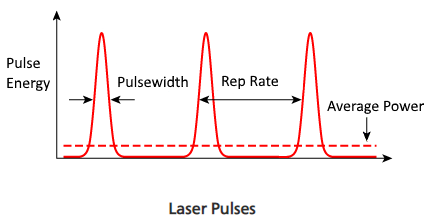 What are Pulsed DPSS Lasers?
What are Pulsed DPSS Lasers?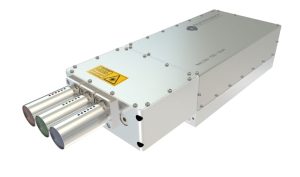
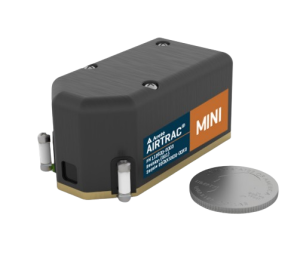
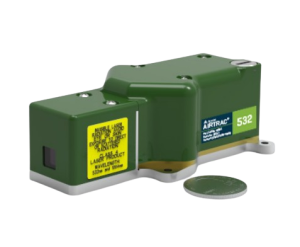
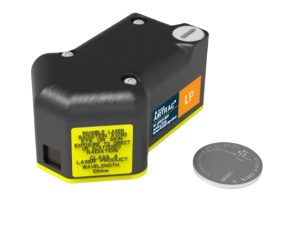
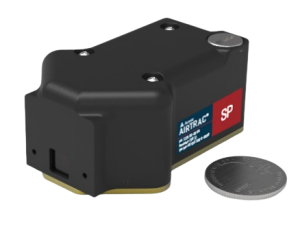

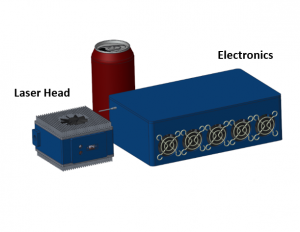
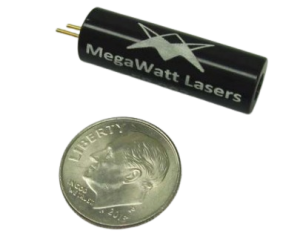

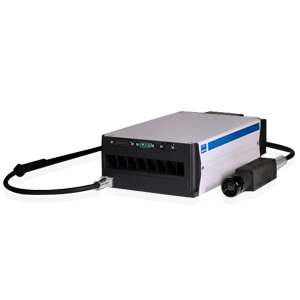
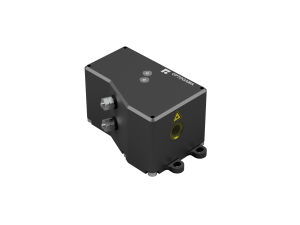
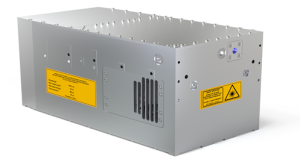
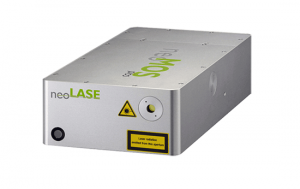

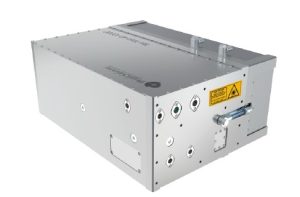
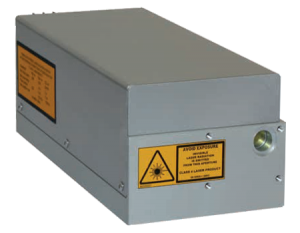
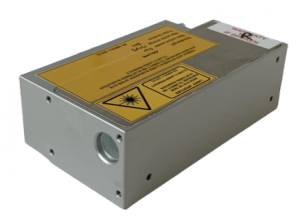
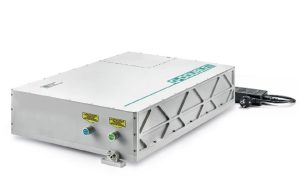
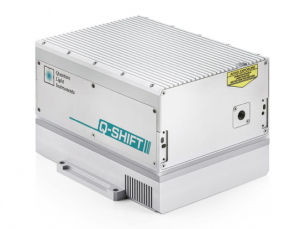
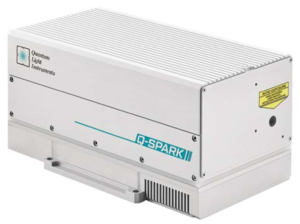
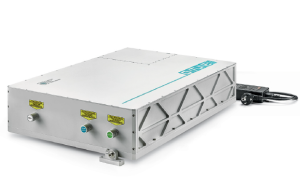
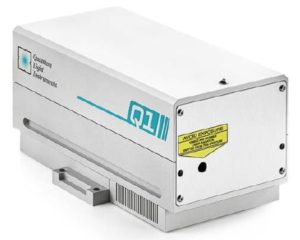


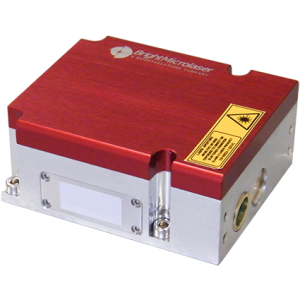

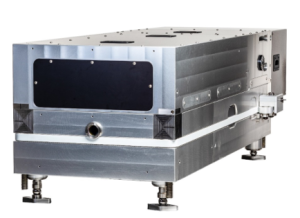
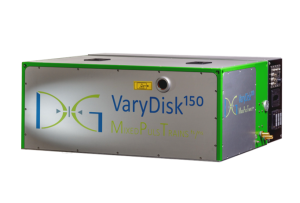
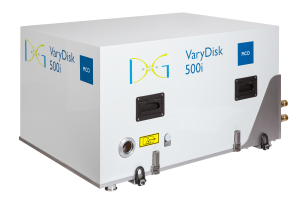

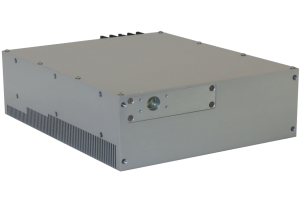
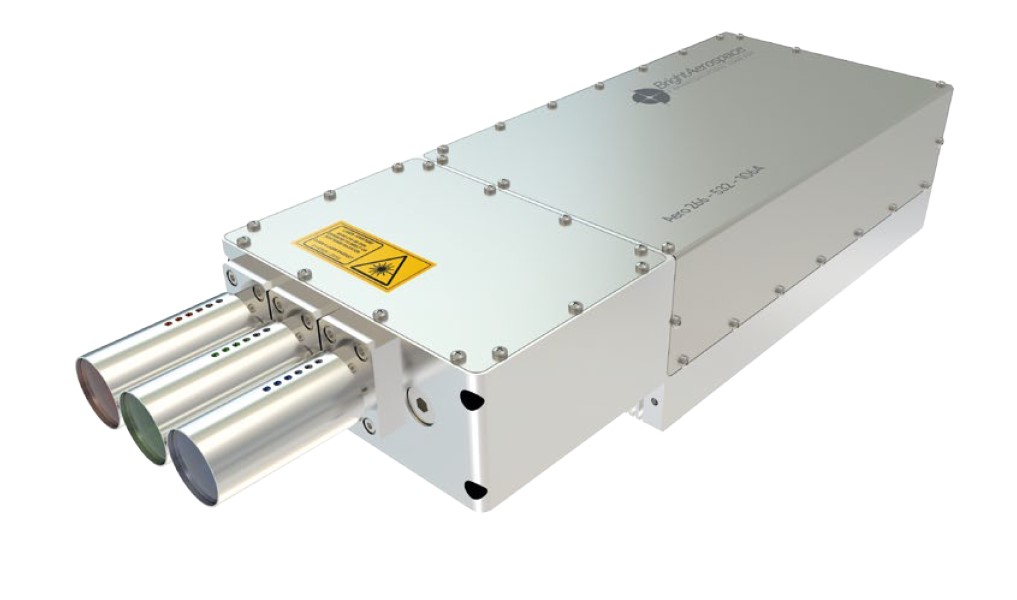 The Aero Series is a high-energy, nanosecond pulsed DPSS laser, available at 266, 355, 532, and 1064nm, with up to 10W output power at 1064 (up to 200 mJ with water-cooling). This series provides unparalleled precision and accuracy in even the most challenging environments, ideal for LIBS, spectroscopy, and atmospheric LIDAR applications. All models come enclosed in an air-cooled, extremely compact and ruggedized, thermo-mechanically stable, low SWaP single unit platform, with options for air- or water-cooling, a range of add-ons, and even complete customization to fit your exact needs. Upon request, customized models undergo severe vibration and qualification tests for operation in space.
The Aero Series is a high-energy, nanosecond pulsed DPSS laser, available at 266, 355, 532, and 1064nm, with up to 10W output power at 1064 (up to 200 mJ with water-cooling). This series provides unparalleled precision and accuracy in even the most challenging environments, ideal for LIBS, spectroscopy, and atmospheric LIDAR applications. All models come enclosed in an air-cooled, extremely compact and ruggedized, thermo-mechanically stable, low SWaP single unit platform, with options for air- or water-cooling, a range of add-ons, and even complete customization to fit your exact needs. Upon request, customized models undergo severe vibration and qualification tests for operation in space.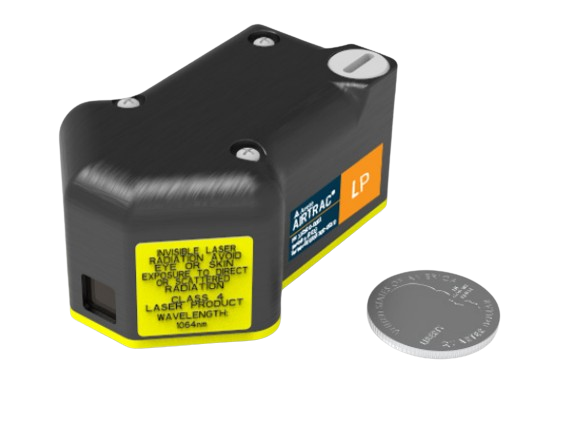
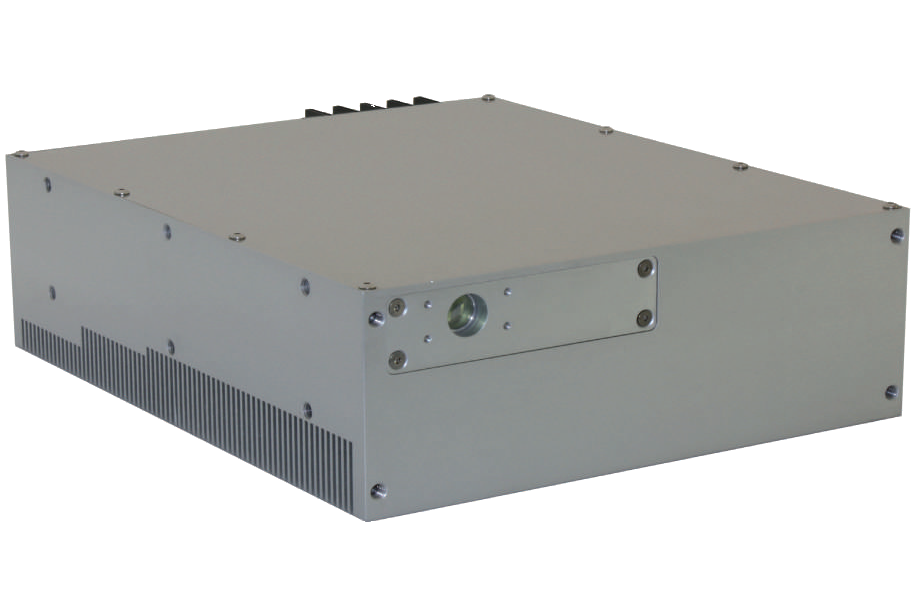
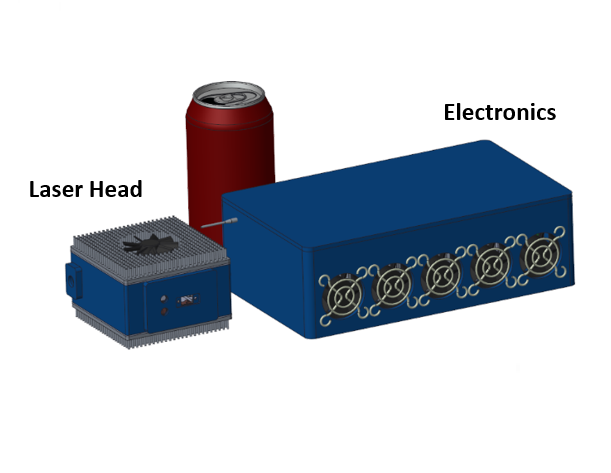 The CEUV series is a commercial line of compact and efficient DPSS laser sources, capable of operating over a wide range of pulsing conditions (duty-cycle and PRF), in a low SWaP package, with average power up to ≈5W @ 266nm, 10W @ 355nm or 532nm, 20W @ 1064nm. This series of DPSS lasers provides a combination of compact, efficient, and high-power performance in a rugged design suitable for harsh environments and airborne applications. The design has been tested in brassboard hardware and a prototype is being developed.
The CEUV series is a commercial line of compact and efficient DPSS laser sources, capable of operating over a wide range of pulsing conditions (duty-cycle and PRF), in a low SWaP package, with average power up to ≈5W @ 266nm, 10W @ 355nm or 532nm, 20W @ 1064nm. This series of DPSS lasers provides a combination of compact, efficient, and high-power performance in a rugged design suitable for harsh environments and airborne applications. The design has been tested in brassboard hardware and a prototype is being developed.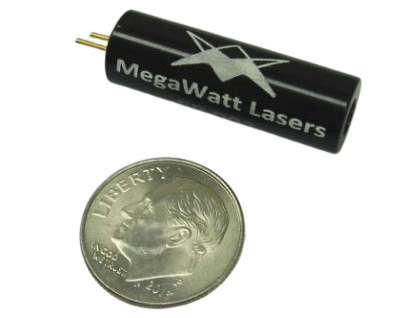 The ER Series offers an ultra-compact, ultra-low SWaP, and efficient solution for those seeking high-quality diode-pumped lasers for lightweight, handheld, and portable laser range finding applications. These lasers operate at an “eye-safe” wavelength of 1.5 µm and deliver high pulse energy up to 200 µJ with a 4 ns pulse width and repetition rates from single-shot up to 10Hz with optional burst mode. The ER Series is designed with a focus on high pulse energy, short pulse width, efficient operation, and long lifetime reliability with a 10M shot lifetime rating.
The ER Series offers an ultra-compact, ultra-low SWaP, and efficient solution for those seeking high-quality diode-pumped lasers for lightweight, handheld, and portable laser range finding applications. These lasers operate at an “eye-safe” wavelength of 1.5 µm and deliver high pulse energy up to 200 µJ with a 4 ns pulse width and repetition rates from single-shot up to 10Hz with optional burst mode. The ER Series is designed with a focus on high pulse energy, short pulse width, efficient operation, and long lifetime reliability with a 10M shot lifetime rating.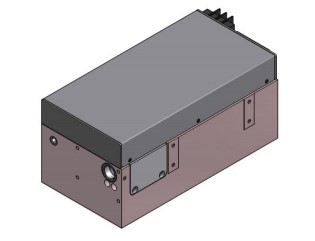
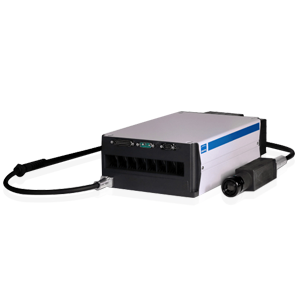
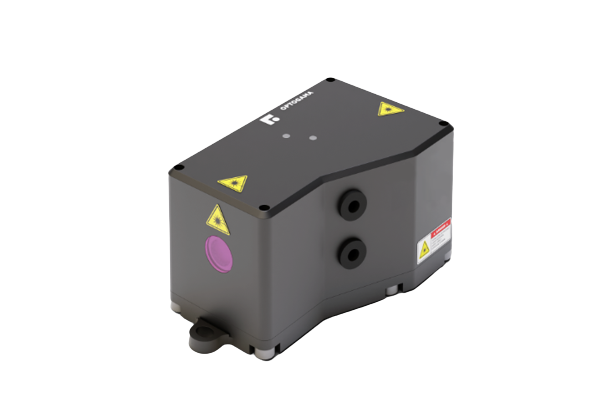 The KAUKAS series is a compact, low-SWaP line of 1.54µm “eye-safe” Er:glass lasers. These nanosecond pulsed lasers feature a compact design that makes them suitable for integration into handheld, portable devices. The lasers deliver high pulse energy, repetition rates up to 5Hz, less than 3% energy stability, and a high-quality TEM00 beam. With configurable and customizable options, these features make the KAUKAS series a versatile choice for various applications such as LIDAR & laser ranging, LIBS, metrology, and instrumentation.
The KAUKAS series is a compact, low-SWaP line of 1.54µm “eye-safe” Er:glass lasers. These nanosecond pulsed lasers feature a compact design that makes them suitable for integration into handheld, portable devices. The lasers deliver high pulse energy, repetition rates up to 5Hz, less than 3% energy stability, and a high-quality TEM00 beam. With configurable and customizable options, these features make the KAUKAS series a versatile choice for various applications such as LIDAR & laser ranging, LIBS, metrology, and instrumentation.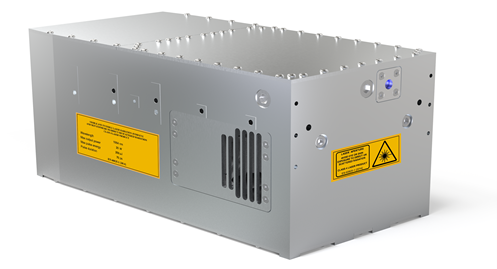 The Lampo Series is a line of compact ultrafast lasers that deliver megawatt-level ps laser pulses at a selectable PRR from 50 kHz to 40 MHz. Available in IR (1064 nm), SHG (532 nm), and Deep-UV (266 nm) versions (355nm by request), the series offers pulse durations < 70 ps and average power up to 20W, 10W, and 1.5W respectively. With pulse energy up to 250uJ, 150uJ, and 30uJ, these lasers are ideal for a wide range of scientific, industrial, defense, medical, biological, and LIDAR applications. Built into a rugged, air-cooled single-unit laser head, these lasers are easy to operate and integrate, making them a valuable tool for sophisticated laser systems and lab applications.
The Lampo Series is a line of compact ultrafast lasers that deliver megawatt-level ps laser pulses at a selectable PRR from 50 kHz to 40 MHz. Available in IR (1064 nm), SHG (532 nm), and Deep-UV (266 nm) versions (355nm by request), the series offers pulse durations < 70 ps and average power up to 20W, 10W, and 1.5W respectively. With pulse energy up to 250uJ, 150uJ, and 30uJ, these lasers are ideal for a wide range of scientific, industrial, defense, medical, biological, and LIDAR applications. Built into a rugged, air-cooled single-unit laser head, these lasers are easy to operate and integrate, making them a valuable tool for sophisticated laser systems and lab applications.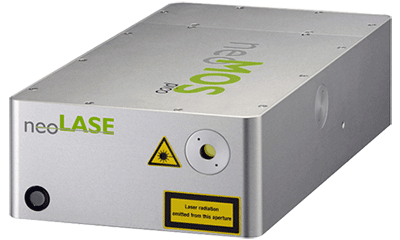 The neoMOS ultrashort pulse laser series is a reliable, low-maintenance system designed for 24/7 industrial use. The ultra-compact laser head has the smallest footprint available and can be customized for a range of laser parameters, allowing easy integration and flexibility with various demanding processing applications, including glasses and plastics. It offers pulse widths from 700fs to 70ps, repetition rates from single-shot to 80MHz, up to 500µJ pulse energy, average output powers up to 100W, multi-megawatt peak powers, and perfect TEM00 beam quality @ 1064nm.
The neoMOS ultrashort pulse laser series is a reliable, low-maintenance system designed for 24/7 industrial use. The ultra-compact laser head has the smallest footprint available and can be customized for a range of laser parameters, allowing easy integration and flexibility with various demanding processing applications, including glasses and plastics. It offers pulse widths from 700fs to 70ps, repetition rates from single-shot to 80MHz, up to 500µJ pulse energy, average output powers up to 100W, multi-megawatt peak powers, and perfect TEM00 beam quality @ 1064nm.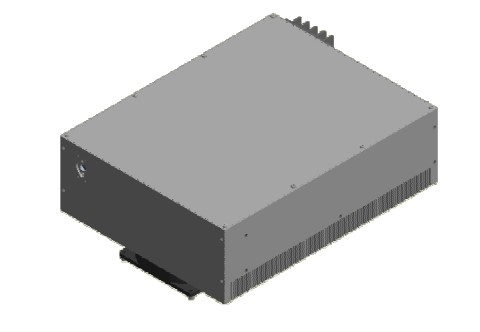
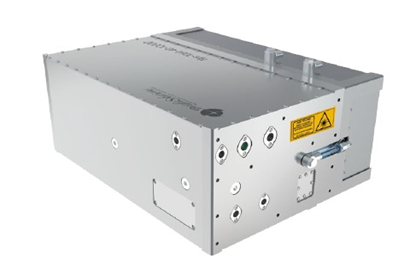

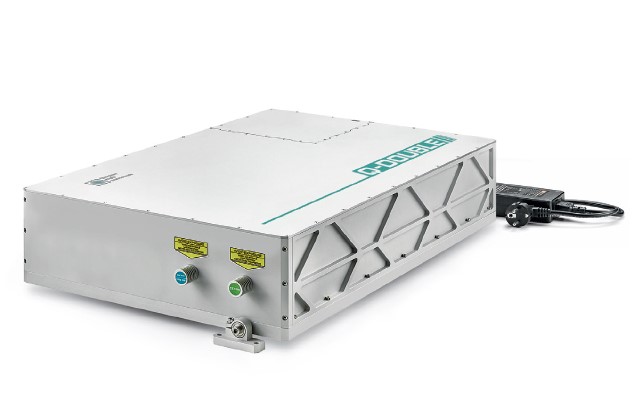 The Q-DOUBLE series is a DPSS, air-cooled, q-switched laser at 1064 or 1053 nm, designed to produce two pulses with variable temporal separation for PIV, LIBS, and other applications. The Q-DOUBLE can be configured for up to 160 mJ pulse energy @ 10 Hz or up to 40 mJ @ 100 Hz. The innovative laser design integrates all electronics (except power adapter) into the housing, resulting in a compact, user-friendly, turnkey, and air-cooled (water-free) system requiring little maintenance. User-friendly web-based GUI allows remote monitoring, control, and support from any computer or even a smartphone. Optional add-ons include built-in 2nd, 3rd, or 4th harmonic generator, built-in attenuator, energy monitor, and optional short cavity version.
The Q-DOUBLE series is a DPSS, air-cooled, q-switched laser at 1064 or 1053 nm, designed to produce two pulses with variable temporal separation for PIV, LIBS, and other applications. The Q-DOUBLE can be configured for up to 160 mJ pulse energy @ 10 Hz or up to 40 mJ @ 100 Hz. The innovative laser design integrates all electronics (except power adapter) into the housing, resulting in a compact, user-friendly, turnkey, and air-cooled (water-free) system requiring little maintenance. User-friendly web-based GUI allows remote monitoring, control, and support from any computer or even a smartphone. Optional add-ons include built-in 2nd, 3rd, or 4th harmonic generator, built-in attenuator, energy monitor, and optional short cavity version.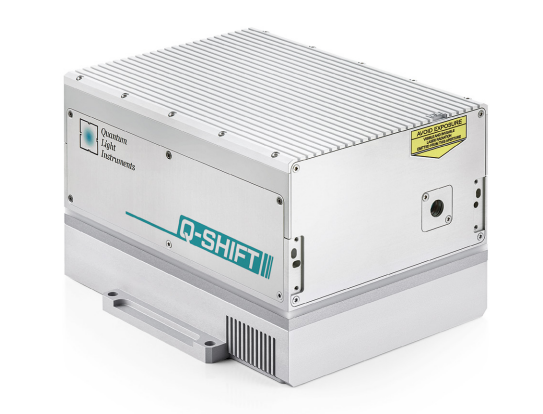
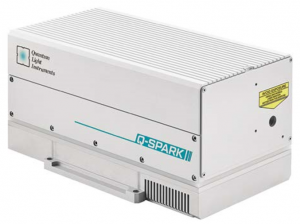
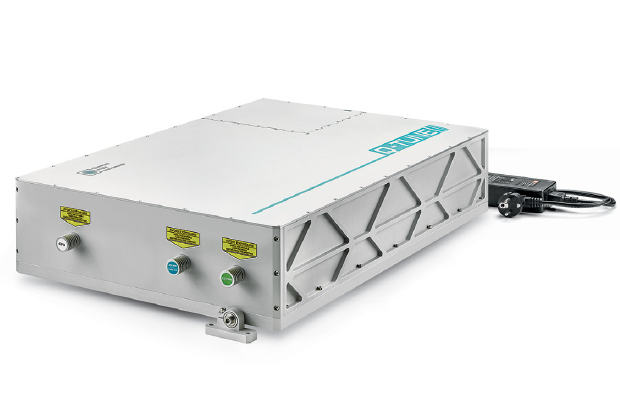
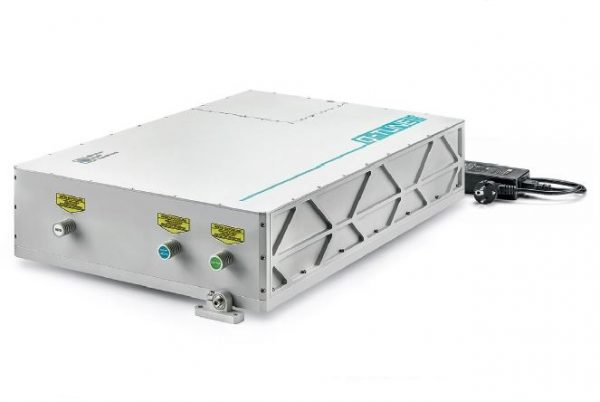 The Q-TUNE-IR series is the perfect high peak power, coherent DPSS light source for researchers with infrared spectroscopy applications. This series uses an Optical Parametric Oscillator (OPO) to produce a tunable wavelength of 1380–4500nm (<10 cm-1 linewidth), achieving > 15mJ of pulse energy at the peak of the tuning curve. The Q-TUNE-IR requires little maintenance, with all laser electronics integrated into the housing, including an air-cooling system, eliminating the need for chillers or large power supplies while providing a guaranteed > 2 G shot pump diode lifetime.
The Q-TUNE-IR series is the perfect high peak power, coherent DPSS light source for researchers with infrared spectroscopy applications. This series uses an Optical Parametric Oscillator (OPO) to produce a tunable wavelength of 1380–4500nm (<10 cm-1 linewidth), achieving > 15mJ of pulse energy at the peak of the tuning curve. The Q-TUNE-IR requires little maintenance, with all laser electronics integrated into the housing, including an air-cooling system, eliminating the need for chillers or large power supplies while providing a guaranteed > 2 G shot pump diode lifetime.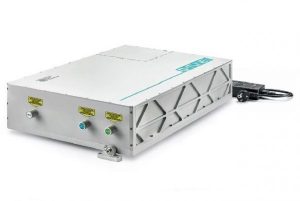
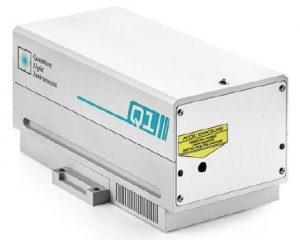



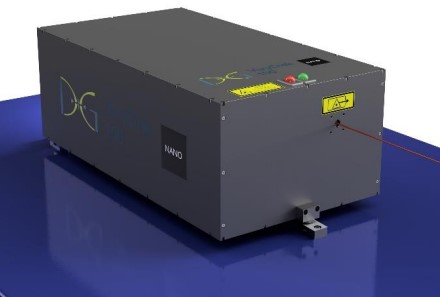 The VaryDisk Series is a versatile family of thin-disk laser systems that provide high pulse energies at high average powers and are suitable for lab or industrial use. These thin-disk regenerative amplifiers offer a range of output specifications to fit various application needs. The base configurations provide 25 W average power with 2.5 mJ pulse energy @ 343 nm (THG), 50 W and 5 mJ @ 515 nm (SHG), and 100W and 100 mJ @ 1030 nm.
The VaryDisk Series is a versatile family of thin-disk laser systems that provide high pulse energies at high average powers and are suitable for lab or industrial use. These thin-disk regenerative amplifiers offer a range of output specifications to fit various application needs. The base configurations provide 25 W average power with 2.5 mJ pulse energy @ 343 nm (THG), 50 W and 5 mJ @ 515 nm (SHG), and 100W and 100 mJ @ 1030 nm.